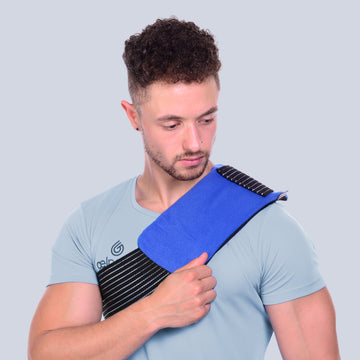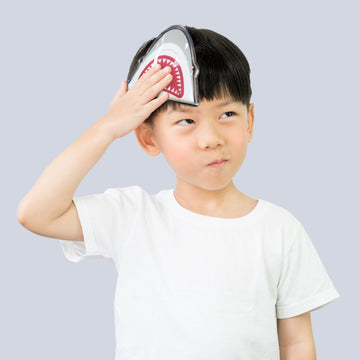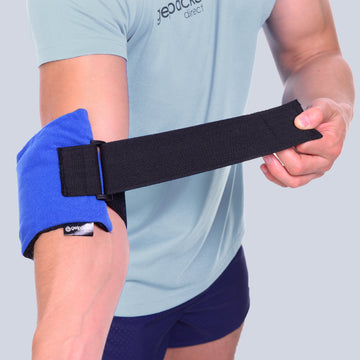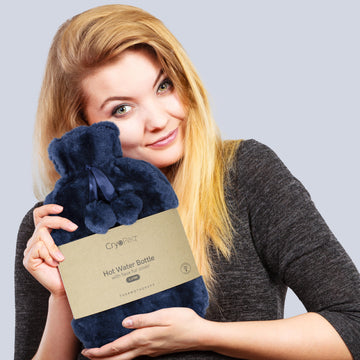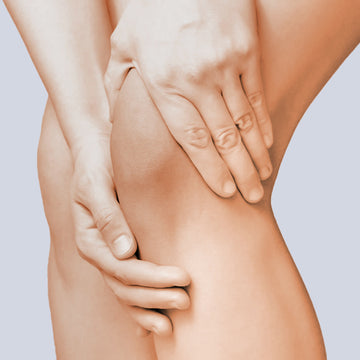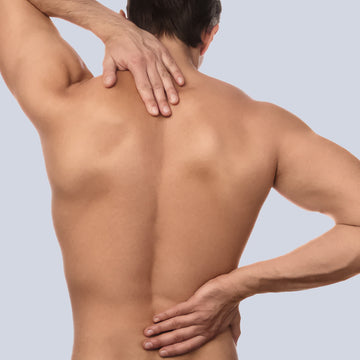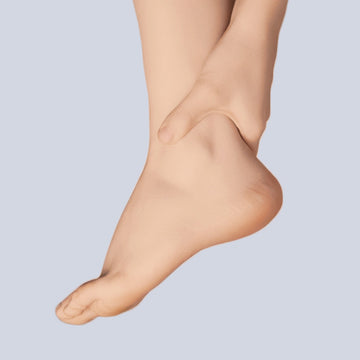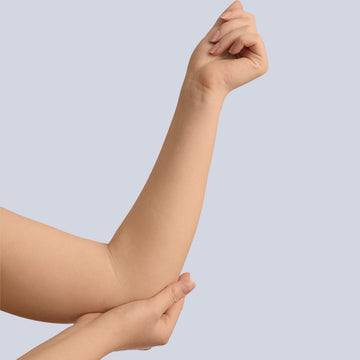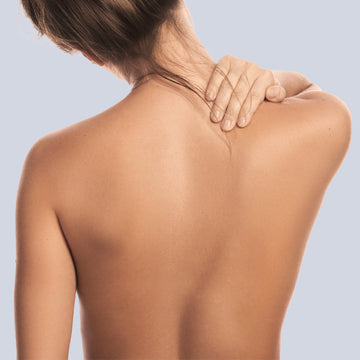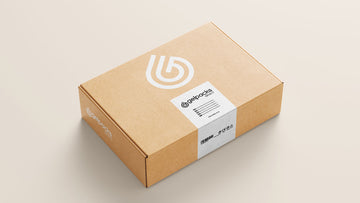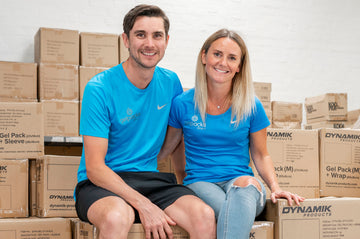Posted by Tia Patel | APR-29-2021
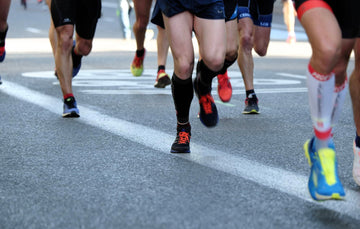
TeamGPD Guide to Chafing
Yay! Short weather! Or, for some of us, this means a touch of the old chub rub or even a bit of gyp from a jogger's nip!
If like us you hate chafing, and it really rubs you up the wrong way, then we’ve got everything you need to know about treating chafing and preventing it from affecting your summer running routine. 😉
Benefits of walking
Chafing is a friction-induced skin injury where the outer layer of skin (epidermis) creates microscopic tears as a result of rubbing. This can expose the skin layer below (the dermis) causing it to become irritated, red and raw. The thighs, groin, underarms, under breast and nipples are common chafing areas, however, it can occur anywhere on your body.
Runners, along with many other endurance athletes, are particularly susceptible as a result of friction being produced due to repetitive movements, skin-to-skin contact of multiple body parts which are combined with sweat. Excess moisture from sweating, water sports such as a triathlon swim, or damp weather conditions will also increase the likelihood of chafing.
Salt produced from sweat when we take part in high intensity sport, acts like sandpaper, grinding and irritating the skin, to aggravate the situation.
How to treat chafing
- Clean the area - Shower as soon as possible after you finish your run. Keeping the water lukewarm, use antibacterial soap to keep away bacteria that can creep into exposed skin and cause further skin irritation.
- Cool the skin - Apply an ice pack right making sure not to apply the ice pack directly to your skin as this can further damage your skin. Instead, wrap the ice pack in a compress wrap and keep it near your skin for 15 minutes.
- Soothe it - Pat a healing ointment, such as Sudocrem, onto the skin. Creams such as this contain zinc oxide making them antibacterial.
How to prevent whilst running
1. Avoid cotton clothing: Cotton absorbs sweat and stays wet creating friction in clothing. Instead, choose synthetic, sweat-wicking fabrics which deliver sweat away from the body and minimise rubbing or irritation.
2. Go seamless and tagless: Seams and tags on a T-shirt or bra can cause irritation, make sure to remove tags and buy seamless clothing.
3. Make sure your clothes fit properly: A too-snug sports bra can dig in whilst the excess material of a baggy T-shirt can rub you raw. Make sure your clothing has ergonomic fit, that's just right. Loose-fitting garments, combined with sweat will increase the chances of rubbing.
4. Protect your legs: Compression shorts or running tights can protect your inner thighs from rubbing.
5. Cover ‘em up: Nipple protection is key for men. NipGuards and plasters make great shields.
6. Get greasy: Apply lubricant to chafe-prone body parts. We love Vaseline as it’s cheap and cheerful. However, it does contain petroleum jelly which can stain gear and can’t be used on neoprene wetsuits in a triathlon.
7. Hydrate: If you are dehydrated, your body is unable to flush salts away from your skin as easily, causing friction between your clothing and skin. Drink lots of water before, during and after exercise, allowing you to sweat freely so the sweat doesn't dry into salt crystals that can enhance chafing.
By following these top tips you’ll have skin as smooth as your running technique, so embrace Summer and grab those shorts!
#TeamGPD
